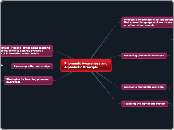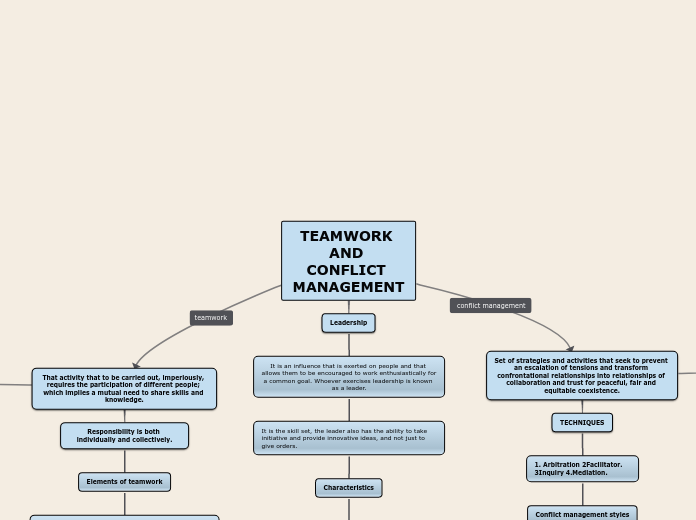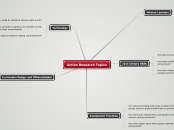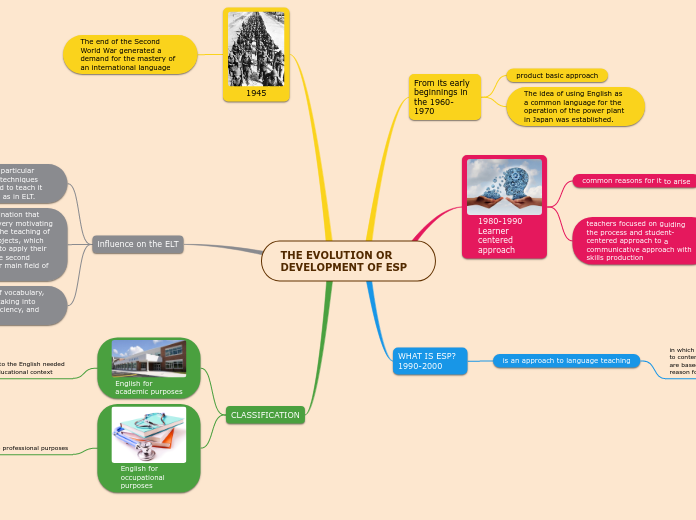A
Basic Users
A2
Waystage
A1
Breakthrough
C
Proficient Users
C2
Mastery
C1
Effective Operational
Proficiency
B
Independent Users
B2
Vantage
B1
Threshold
This is the assesment criterias
Writing
Reading
Listening
Speaking
CEF (Common European Framework)
What's it?
The Common European Framework provides a common basis for the elaboration of language
syllabuses, curriculum guidelines, examinations, textbooks, etc. across Europe. It
describes in a comprehensive way what language learners have to learn to do in order to use a language for communication and what knowledge and skills they have to develop so as to be able to act effectively.
The description also covers the cultural context in which language is set. The Framework also defines levels of proficiency which allow learners’ progress to be measured at each stage of learning and on a life-long basis.
progress to be measured at each stage of learning and on a life-long basis.
language is set. The Framework also defines levels of proficiency which allow learners’
so as to be able to act effectively. The description also covers the cultural context in which
use a language for communication and what knowledge and skills they have to develop
describes in a comprehensive way what language learners have to learn to do in order to
syllabuses, curriculum guidelines, examinations, textbooks, etc. across Europe. It
The Common European Framework provides a common basis for the elaboration of language
students
learn to support their arguments
share opinions
class discussions
Common Reference Level (6)
C2 Can understand with ease virtually everything heard or read. Can summariseinformation from different spoken and written sources, reconstructingarguments and accounts in a coherent presentation. Can express him/herselfspontaneously, very fluently and precisely, differentiating finer shades ofProficientmeaning even in more complex situations.
C1 Can understand a wide range of demanding, longer texts, and recogniseimplicit meaning. Can express him/herself fluently and spontaneouslywithout much obvious searching for expressions. Can use language flexiblyand effectively for social, academic and professional purposes. Can produceclear, well-structured, detailed text on complex subjects, showing controlleduse of organisational patterns, connectors and cohesive devices.
B2 Can understand the main ideas of complex text on both concrete andabstract topics, including technical discussions in his/her field ofspecialisation. Can interact with a degree of fluency and spontaneity thatmakes regular interaction with native speakers quite possible without strainfor either party. Can produce clear, detailed text on a wide range of subjectsand explain a viewpoint on a topical issue giving the advantages andIndependent disadvantages of various options.
B1 Can understand the main points of clear standard input on familiar mattersregularly encountered in work, school, leisure, etc. Can deal with mostsituations likely to arise whilst travelling in an area where the language isspoken. Can produce simple connected text on topics which are familiar or ofpersonal interest. Can describe experiences and events, dreams, hopes andambitions and briefly give reasons and explanations for opinions and plans.
A2 Can understand sentences and frequently used expressions related to areas ofmost immediate relevance (e.g. very basic personal and family information,shopping, local geography, employment). Can communicate in simple androutine tasks requiring a simple and direct exchange of information onfamiliar and routine matters. Can describe in simple terms aspects of his/herbackground, immediate environment and matters in areas of immediateBasic need.
A1 Can understand and use familiar everyday expressions and very basic phrasesaimed at the satisfaction of needs of a concrete type. Can introducehim/herself and others and can ask and answer questions about personaldetails such as where he/she lives, people he/she knows and things he/shehas. Can interact in a simple way provided the other person talks slowly andclearly and is prepared to help.
Effective Operational Proficiency which was called ‘Effective Proficiency’ by Trim, ‘Adequate
Operational Proficiency’ by Wilkins, and represents an advanced level of competence
suitable for more complex work and study tasks.
Mastery (Trim: ‘comprehensive mastery’; Wilkins: ‘Comprehensive Operational Proficiency’),
corresponds to the top examination objective in the scheme adopted by ALTE
(Association of Language Testers in Europe). It could be extended to include the more
developed intercultural competence above that level which is achieved by many language
professionals.
Vantage, reflecting the third Council of Europe content specification, a level
described as ‘Limited Operational Proficiency’ by Wilkins, and ‘adequate response to situations
normally encountered’ by Trim.
Threshold, reflecting the Council of Europe content specification.
Waystage, reflecting the Council of Europe content specification.
Breakthrough, corresponding to what Wilkins in his 1978 proposal labelled ‘Formulaic
Proficiency’, and Trim in the same publication1 ‘Introductory’.
Why is it needed?
In the words of the Intergovernmental Symposium held in Rüschlikon, SwitzerlandNovember 1991, on the initiative of the Swiss Federal Government, on: ‘Transparency andCoherence in Language Learning in Europe: Objectives, Evaluation, Certification’:
1. A further intensification of language learning and teaching in member countriesis necessary in the interests of greater mobility, more effective internationalcommunication combined with respect for identity and culturaldiversity, better access to information, more intensive personal interaction,improved working relations and a deeper mutual understanding.
2. To achieve these aims language learning is necessarily a life-long task to bepromoted and facilitated throughout educational systems, from pre-schoolthrough to adult education.
3. It is desirable to develop a Common European Framework of reference forlanguage learning at all levels, in order to:.
• promote and facilitate co-operation among educational institutions indifferent countries;.
• provide a sound basis for the mutual recognition of language qualifications;The Common European Framework in its political and educational context5.
• assist learners, teachers, course designers, examining bodies and educationaladministrators to situate and co-ordinate their efforts.









